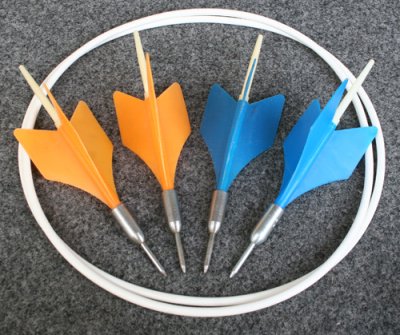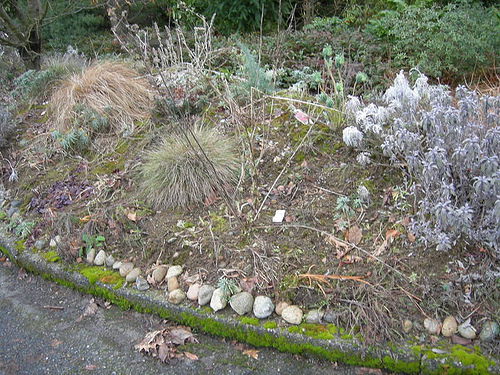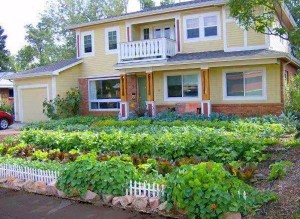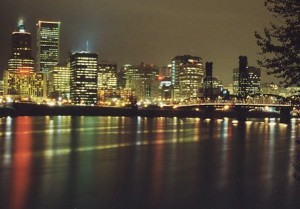 Retree the Planet
Retree the Planet
If you had to plant 1,000 trees in a matter of minutes, how would you do it? Due to global warming and deforestation our planet Earth can use as many new trees as it can get – here’s a way we could plant millions of trees quickly.
Think lawn darts. A sharp tip, a somewhat mature sapling in something test-tube shaped – packed with a lunch of nutrients and water – add to that a few feather quivers and you’ll have a short arrow, that is meant to be dropped from heights, and penetrate “plant” the sapling and give it a chance at life as a tree.
Now, pour these out of planes or helicopters, especially at hard to reach elevations. Drop 1,000 – not all will live, and I haven’t figured out exactly how to disperse them in the most efficient manner, but the delivery device – tree-filled lawn dart.
Thanks for reading and I look forward to hearing from folks who like my idea and would like to help me implement it
Happy Earth Day 2010!
Albert Kaufman
https://albertideation.com
Your feedback welcome!
 I have been thinking about this for years: to quiet arterial streets (and especially the homes that stand beside them, why don’t we install earthen (possibly planted) berms? I believe that this would be a great way to lessen the impact of car traffic in our City and beyond. So, I started a new site,
I have been thinking about this for years: to quiet arterial streets (and especially the homes that stand beside them, why don’t we install earthen (possibly planted) berms? I believe that this would be a great way to lessen the impact of car traffic in our City and beyond. So, I started a new site, 










